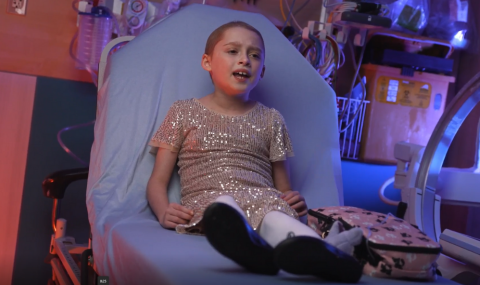Here are some tips for safety proofing your home before and after having your surgery:
Lighting
- Always turn the lights on before going into a room and take a few seconds to let your eyes adjust.
- Use night lights, especially to light hallways, bathrooms and bedrooms.
- Make sure indoor and outdoor walkways are well lit, especially at night.
Stairs
- Install railing on both sides of the stairs, running their full length.
- Ensure that staircases are well lit. Install two-way light switches at the top and bottom of the stairs.
- Avoid carrying objects when going up and down the stairs.
Hallways
- Avoid using throw rugs, as they can bunch up or slide. Non-skid material can be purchased to put under your rugs.
- Be aware of changes in flooring i.e., going from tiled to carpeted floors can cause you to trip.
- Keep hallways clear of objects, especially electrical cords and telephone wires.
- Be alert to pets who can suddenly appear in front of you or behind you.
Outdoors
- Pay attention to the surface you are walking on. Be cautious of ice, snow, wet or dry leaves and moss-covered stone paths or steps.
- Dry off your walker and/or crutch tips when coming in from the rain or snow.
Footwear
- Ensure your shoes have good support to help your balance and make it safer to walk.
- Heels should be low and wide to improve your balance.
- Avoid wearing only socks or smooth-soled shoes/slippers.
General Tips
- DO NOT try moving too quickly. Let people know that it will take you longer to get to the phone or the door.
- DO NOT hold onto furniture for support when walking.
- Check the tips of your walker and/or crutches regularly to make sure they are not worn down.
- If you are dizzy, sit up slowly and wait until your head clears. Then stand up slowly and take your time.



